
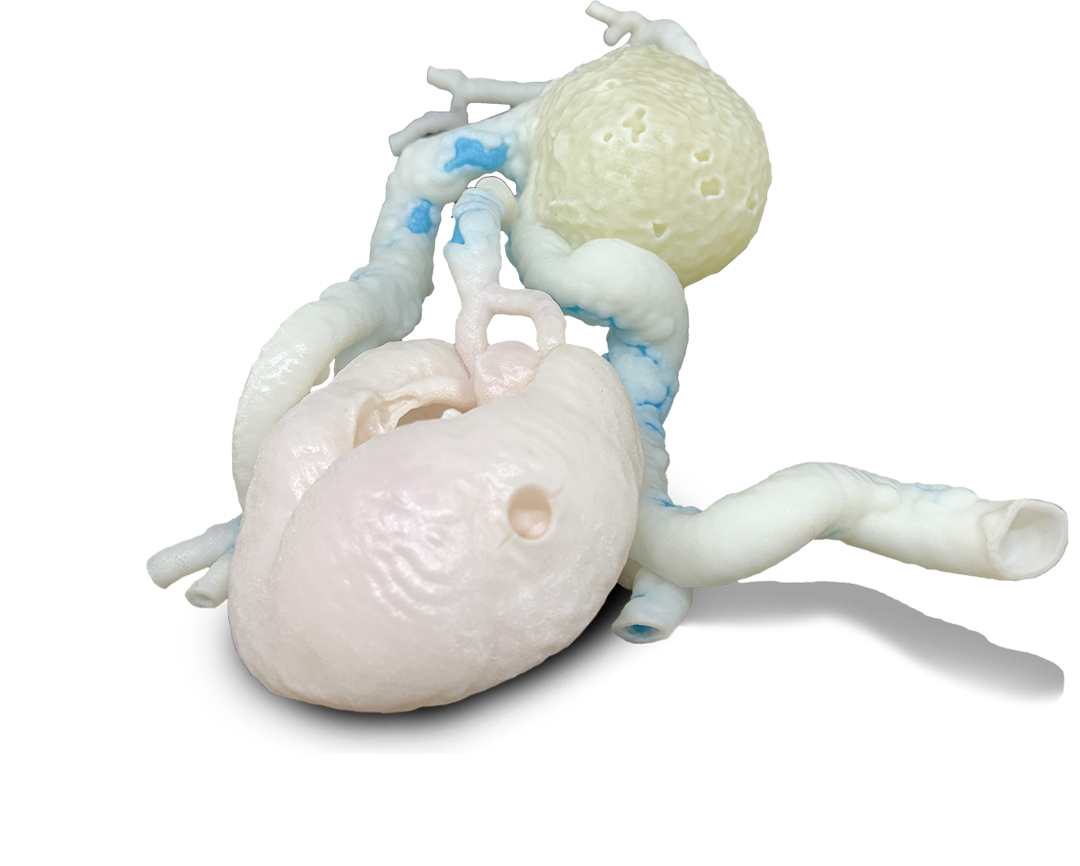
The new J750 Digital Anatomy 3D Printer transforms product design with full color 3D printing and texture mapping to create realistic prototypes.
The J750 Digital Anatomy 3D Printer is the right your solution for ultra-realistic anatomical simulation. With three unique digital materials and an extensive library of anatomical presets, the J750 allows us to create models capable of reproducing a wide range of mechanical properties including soft tissues. An ultra realistic simulation for open, laparoscopic and robotic surgery. It also offers a large print volume allowing to produce complete models or phantoms without dividing them into various interlocking parts.


Multi Jet Fusion 580 is an efficient, high-quality tecnhology which can produce hundreds of parts per week with fine details and high dimensional accuracy.
In the medical field, the Multi Jet Fusion 580 is used to reproduce complex models for preoperative planning, where the multi-color mode can be used to highlight the various structures of interest. The manifacturing and the mechanical strength of works, made the MJF 580 suitable for Maxillo-Facial or Orthopedics productions.

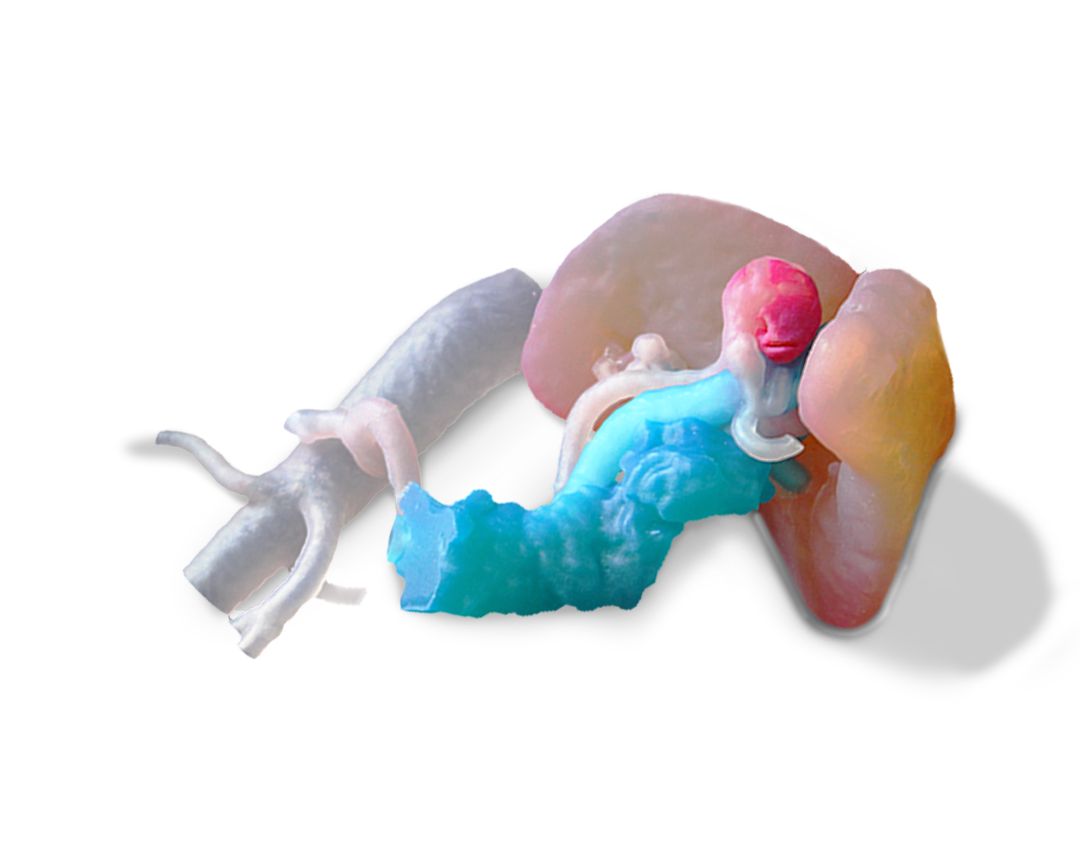
The Objet260 Connex 3 3D printer uses polyjet tecnhology to produce multimaterial models. Combine up to 3 basic materials into digital materials this strategy enables to chose from a wide range of mechanical properties—from flexible to rigid—and colors and transparancies.
The Objet260 Connex 3 can be used to create flexible models such as vasculatures, thanks to its ability to combine materials with different degree of deformability, allowing the possibility to reproduce models useful both for preoperative planning and simulation.
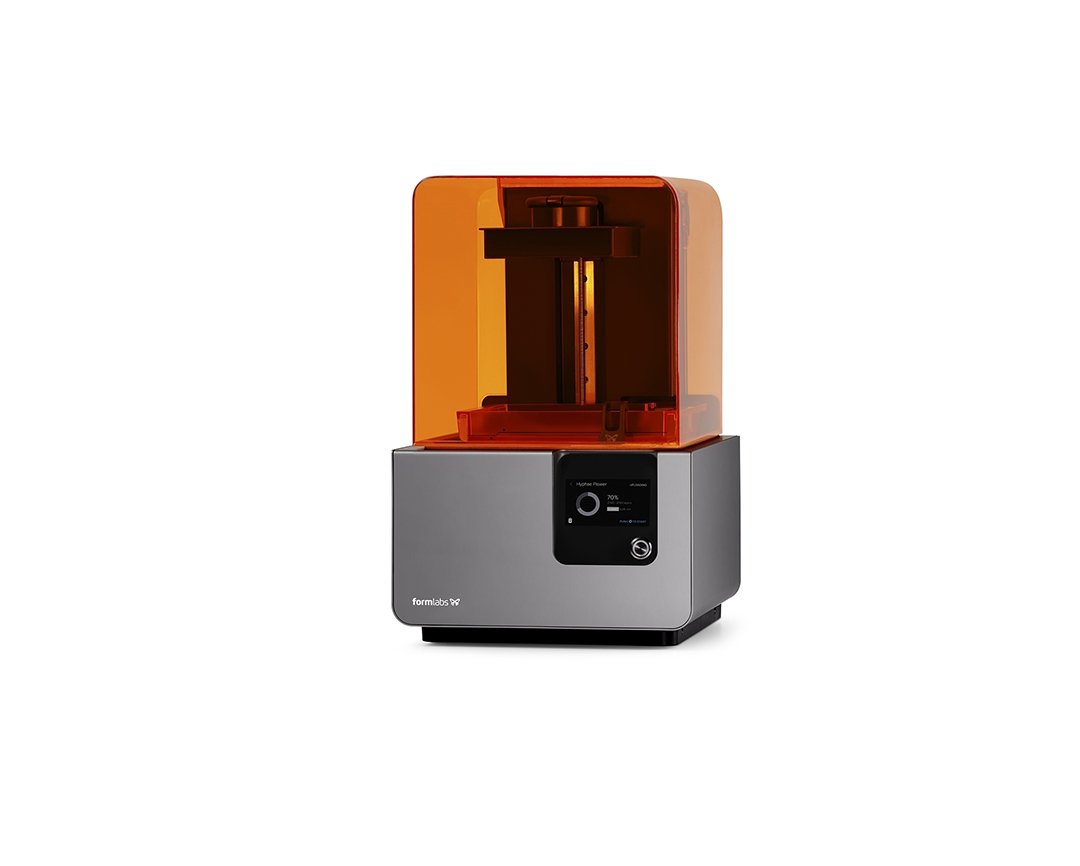
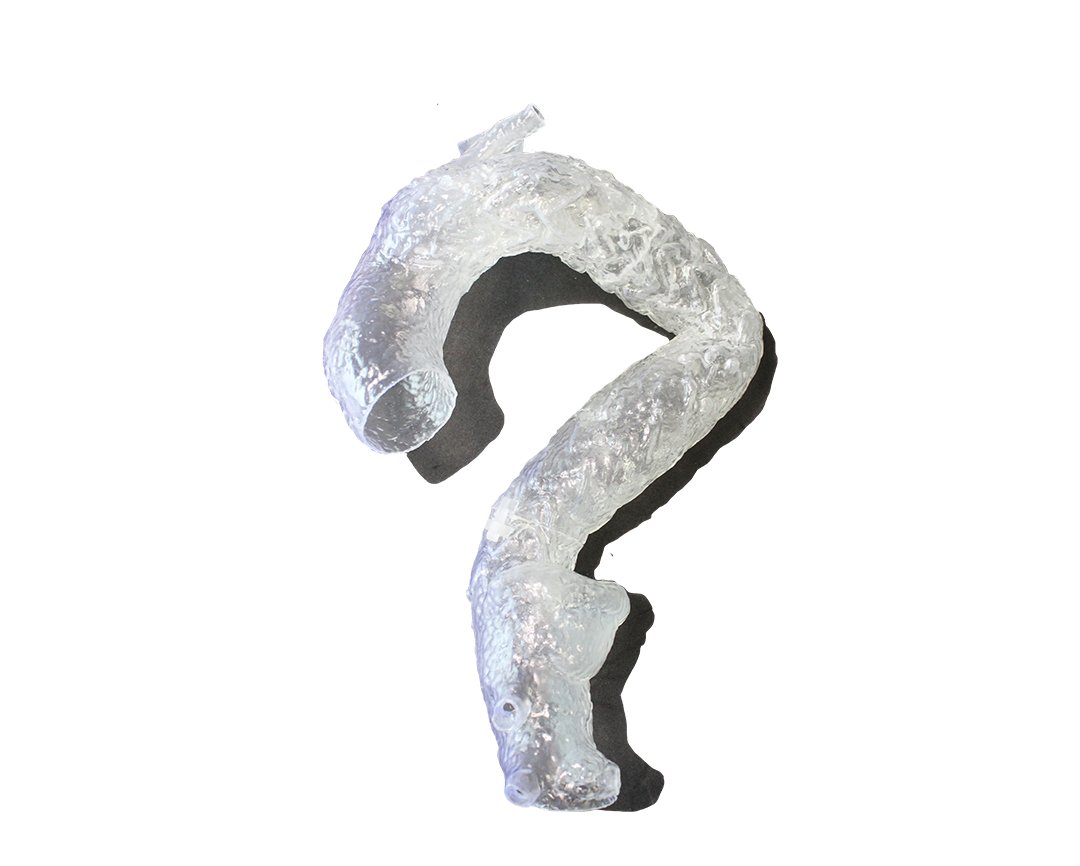
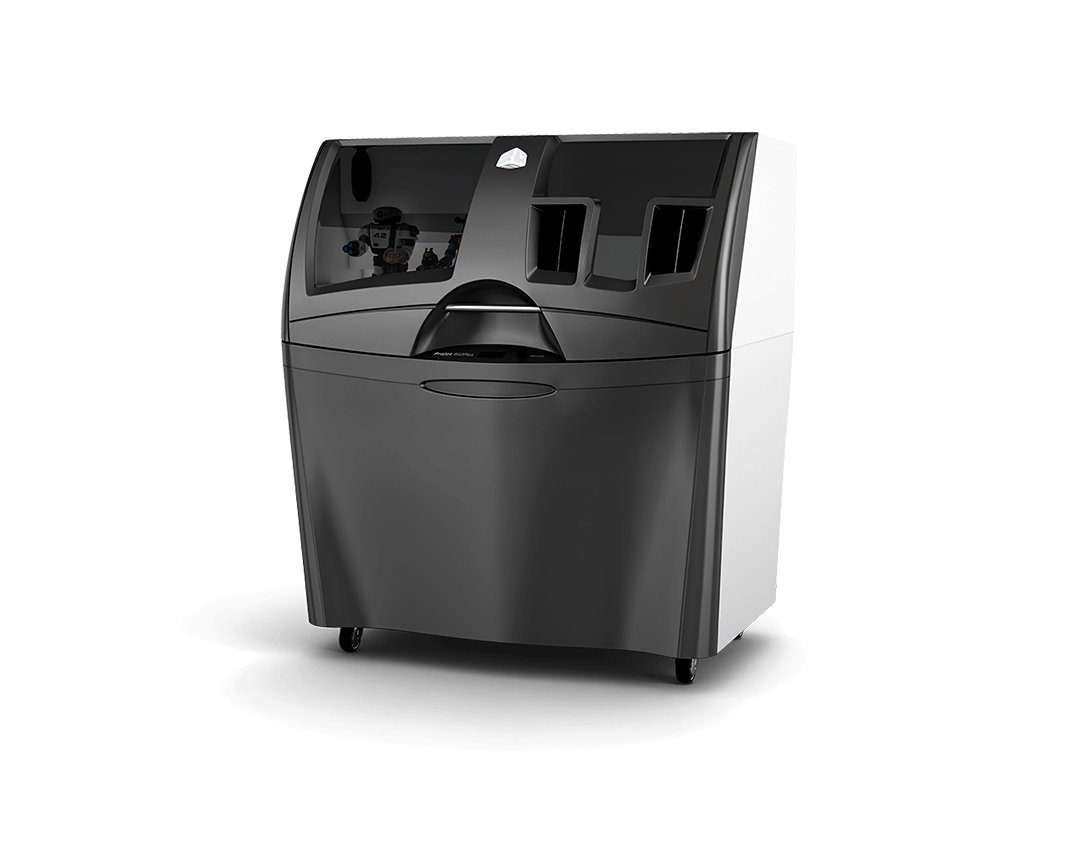
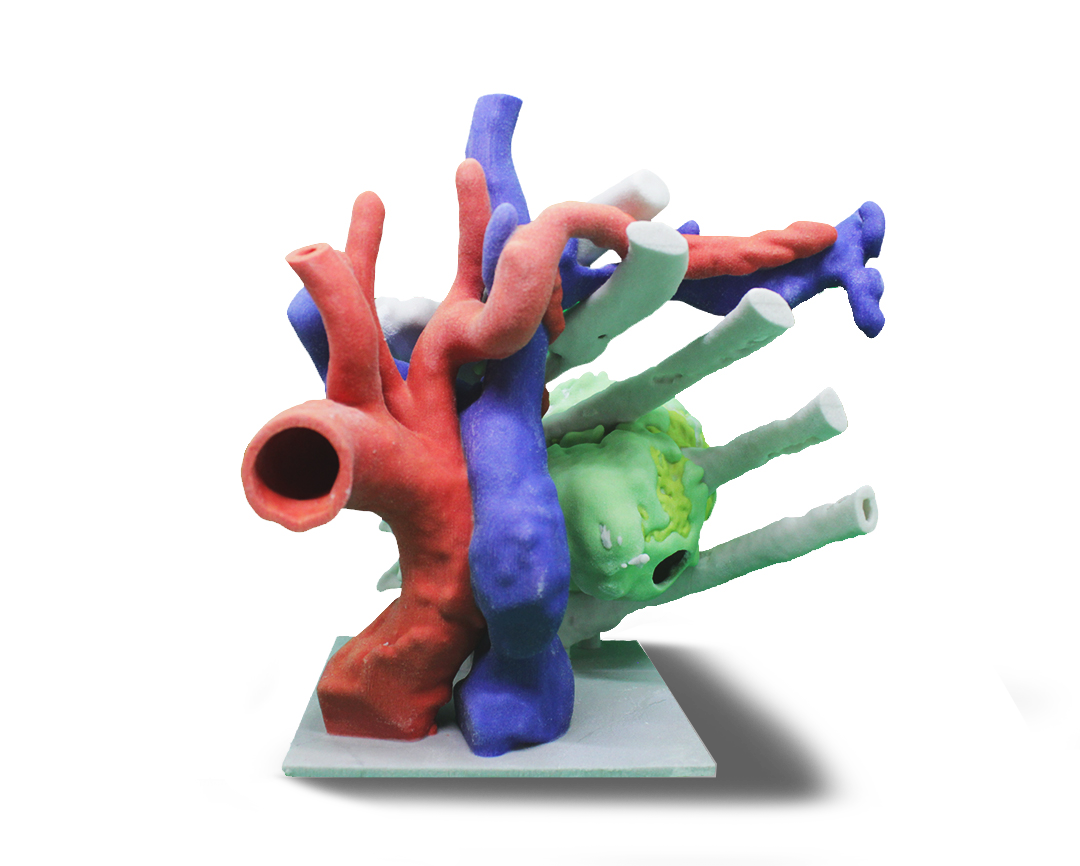
The ProJet 460 Plus full-color 3D printer incorporate advanced 3-channel CMY full-color tecnhology. The ProJet 460Plus operates with safe build materials, active dust control, and zero liquid waste, making it ideal for a wide range of applications.
The Projet 460 Plus can be used to create complex and multichromatic models for preoperative planning, but also to produce 3D printed models of bony structures with mechanical properties comparable to the phisiological ones.


